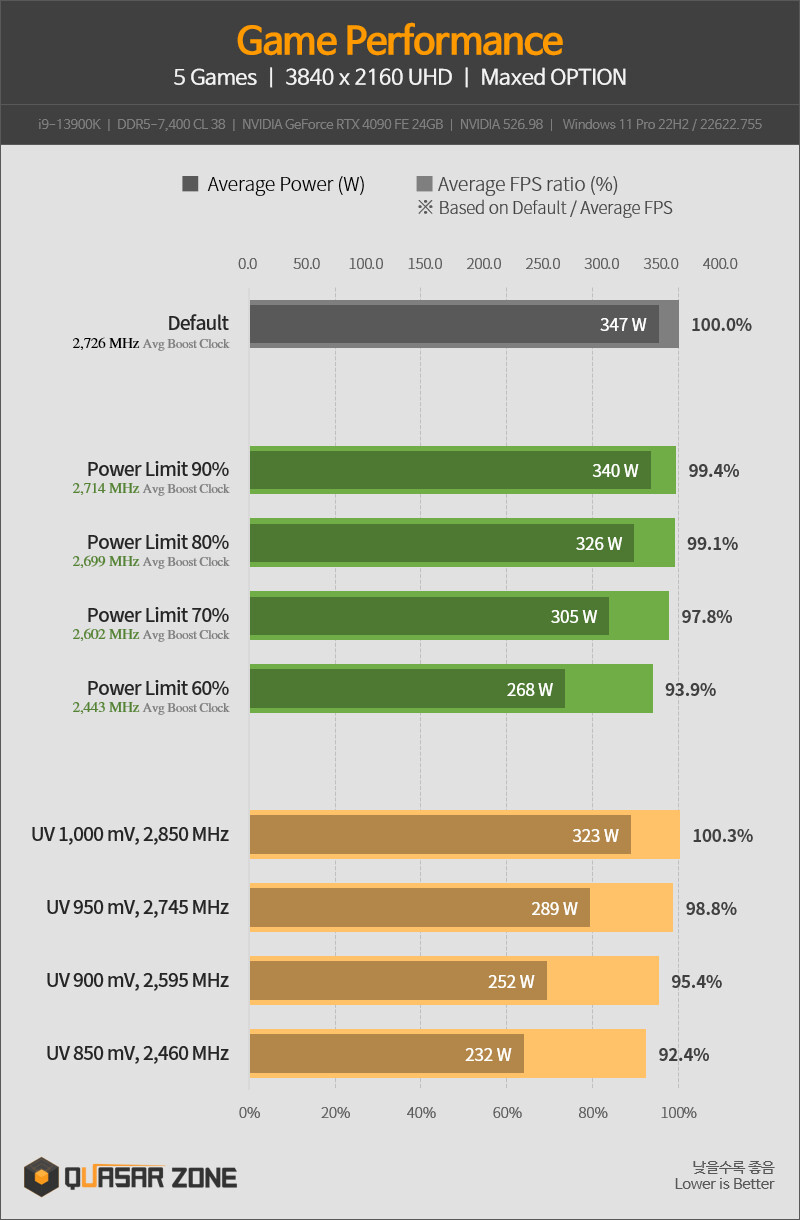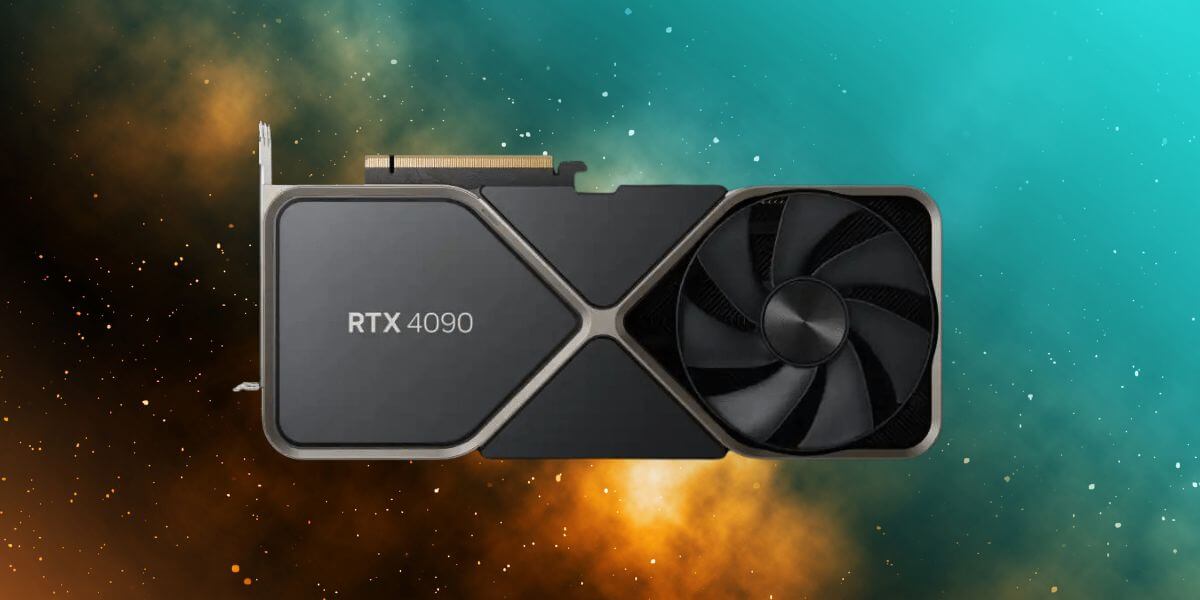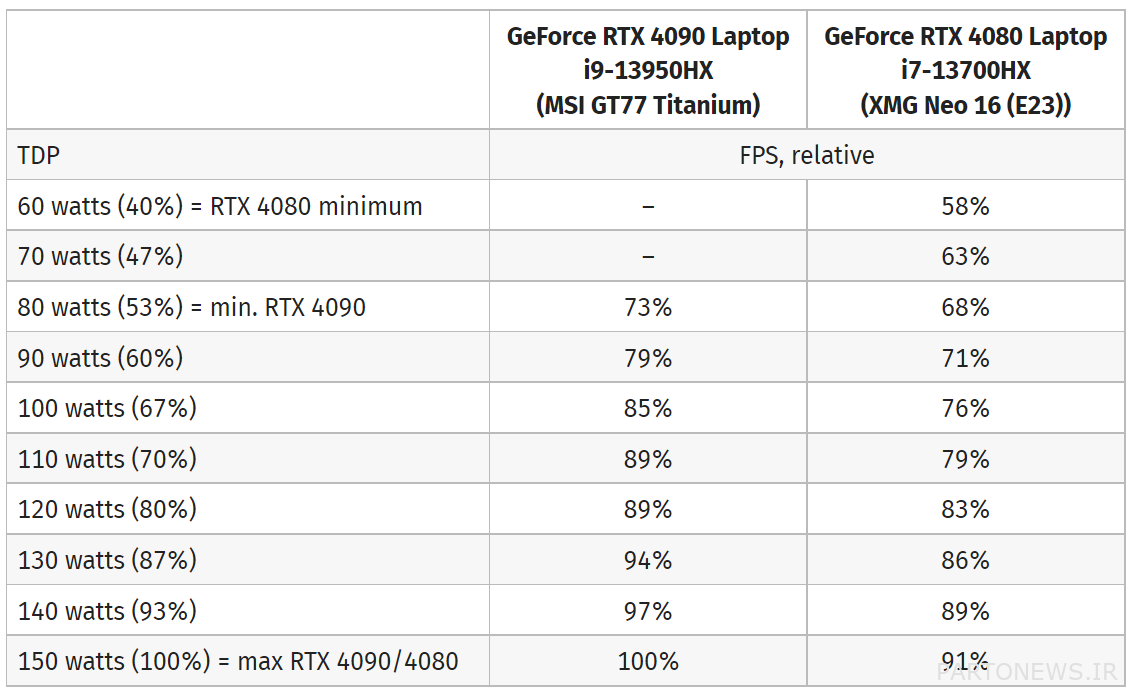Best Of The Best Tips About How Many Watts Is 4090

GeForce RTX 4090 Reached 3.2GHz On The Card It Consumed Almost 500
Decoding the Power Draw
1. Understanding the Ampere Architecture and Power Consumption
Alright, let's dive into the electrifying world of the NVIDIA GeForce RTX 4090. This beast of a graphics card is known for its incredible performance, but that power comes at a cost — literally, in terms of electricity. The question on everyone's mind (and electric bill) is: How many watts does this thing slurp down? Were going to unpack that, so you can make informed decisions about your gaming rig and maybe avoid a brownout or two.
The RTX 4090 is based on NVIDIA's Ada Lovelace architecture, which is significantly more efficient than previous generations. However, raw power still requires, well, power. NVIDIA officially puts the Total Graphics Power (TGP) of the 4090 at 450W. Think of TGP as the maximum power the card should draw under typical heavy load scenarios. But, as any experienced gamer knows, "typical" is a relative term, especially when you start overclocking or pushing the card to its absolute limit.
Now, here's where things get interesting. Real-world power consumption can vary based on the specific card model (some partner cards come pre-overclocked), the game you're playing, and even your system setup. Some reviews have shown the 4090 spiking to higher wattages during intense scenes or benchmark tests. So, while 450W is the baseline, you might see it briefly exceed that in demanding situations. It's like a really hungry monster briefly grabbing an extra snack. Nobody likes a hangry 4090.
Therefore, knowing this is vital for your PSU configuration. A 850W PSU is widely recommended. But if you have high end CPU like i9 or Ryzen 9, 1000W PSU would be more preferable.
2. Beyond the Specs
The official 450W TGP is a helpful starting point, but it doesn't always tell the whole story. Actual power consumption during gaming or other demanding tasks can fluctuate quite a bit. Different games place varying loads on the GPU, so a graphically intensive title like Cyberpunk 2077 will likely draw more power than, say, Minecraft (even with all the fancy ray tracing!).
Moreover, let's chat about those pesky power spikes. These are brief, sudden increases in power draw that can occur during particularly intense moments in a game or benchmark. While they usually don't last long, they can trip your PSU if it's not adequately sized. It's like a quick sprint versus a marathon — both require energy, but the sprint demands a burst of power.
Overclocking is another key factor. Pushing your 4090 beyond its stock settings can significantly increase its power consumption. If you're planning to overclock, you'll definitely need a robust PSU with plenty of headroom. It's always better to have a bit of extra power than to risk instability or even damage to your components. Imagine you are driving your car. Pushing your car to the limit would definitely require more gas.
In addition, things like the quality of your PSU also matter. A more efficient PSU delivers more power to your components and wasting less energy. Look for PSUs with 80+ Gold, Platinum, or Titanium ratings for optimal performance.

PSU Recommendations
3. Calculating Your System's Total Power Requirements
So, we've established that the 4090 can draw a substantial amount of power. But it's not just about the GPU; you need to consider your entire system's power requirements. Add up the wattage of all your components, including your CPU, motherboard, RAM, storage devices, and any other peripherals. Don't forget to factor in a bit of headroom for future upgrades or unexpected power spikes.
A handy trick is to use a PSU calculator. Many websites offer tools that allow you to input your components and estimate your total power needs. These calculators typically provide a recommended PSU wattage based on your configuration. It's a simple way to avoid any unpleasant surprises down the road. Remember, it's always better to err on the side of caution and get a PSU with a bit more power than you think you need.
Based on the power calculator, most gaming rigs with a 4090 would benefit from at least an 850W PSU. High end CPU like i9 or Ryzen 9 would benefit from 1000W PSU. This ensures that you have enough power to handle the 4090's peak demands, as well as any other power-hungry components in your system. Plus, it gives you some wiggle room for overclocking or future upgrades.
And don't skimp on quality! A cheap, low-quality PSU can be a major risk. It might not deliver the advertised wattage, and it could potentially damage your components if it fails. Stick with reputable brands like Corsair, Seasonic, or EVGA for reliable performance and peace of mind.

NVIDIA GeForce RTX 4090 With Nearly Half Its Powerlimit And
Tips for Optimizing Power Consumption
4. Reduce Wattage Without Sacrificing Performance
Alright, so you've got your power-hungry 4090, but maybe you're starting to worry about your electricity bill. Good news! There are ways to optimize power consumption without sacrificing too much performance. One simple trick is to undervolt your GPU. This involves reducing the voltage supplied to the card, which can lower its power draw and even improve its temperatures.
Many overclocking utilities, like MSI Afterburner or EVGA Precision X1, allow you to adjust the voltage and clock speeds of your GPU. Experiment with different settings to find a sweet spot where you're getting good performance with minimal power consumption. It might take some tweaking, but the effort can be well worth it in the long run. Undervolting can be a very efficient way to lower wattage.
Another option is to limit the frame rate in your games. If you're playing a game that doesn't require super-high frame rates, you can cap it at a lower value using in-game settings or third-party tools. This can reduce the load on your GPU and lower its power consumption. In other words, if you don't need 240 FPS, capping at 60 or 120 FPS would save you some watts.
Also, be mindful of background applications. Close any unnecessary programs that are running in the background, as they can contribute to overall system power consumption. A clean system is an efficient system, and that means less waste.

4090
5. Is it worth it?
In summary, the NVIDIA GeForce RTX 4090 is a powerhouse of a graphics card, but it does come with a substantial power requirement. While the official TGP is 450W, real-world power consumption can vary based on your system configuration, game settings, and overclocking. Aim for at least an 850W PSU to ensure you have enough headroom, and consider undervolting or limiting frame rates to optimize power consumption.
Ultimately, the decision of whether or not to buy a 4090 depends on your budget, gaming needs, and tolerance for high electricity bills. If you're a hardcore gamer who demands the absolute best performance, then the 4090 is definitely worth considering. Just be prepared to invest in a beefy PSU and maybe keep an eye on that energy meter. It's amazing card but also expensive.
Having this consideration is necessary because you can also allocate budget for the other important parts. You may want to invest in the better CPU or faster RAM, rather than wasting too much budget only on GPU. So, the answer is all based on your consideration and planning.
So, is the 4090 worth it? That's a question only you can answer. But hopefully, this article has given you a clearer understanding of its power consumption and how to make the most of this beastly graphics card. Happy gaming!

The RTX 4080 Laptop Reaches 4090 With 20 Watts More
